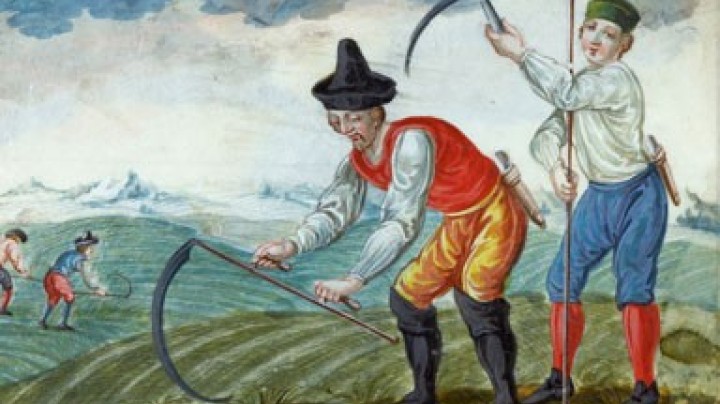Mass products at the imperial Court – Some indicators of industrial production
The nineteenth century’s industrial manufacturing methods brought cheap products thanks to mass production – including one that is perhaps the world’s most famous café chair.
The piece of furniture which is probably most often associated with a Viennese café is the Thonet chair. What was special about it was the new way in which it was made – out of steam-bent wood – and the fact that it was produced in series. In order to make known the wide range of goods offered Michael Thonet placed advertisements in various newspapers. His products were so popular that the firm, Thonet Brothers, built up an international marketing system and opened branches in, among others, Amsterdam, Prague, Moscow and New York. Towards the end of the 1840s the imperial court placed orders with him when Ferdinand I had Prague Castle, to which he had retired after abdicating during the revolution of 1848, refurnished.
The Thonet chairs are an example of the changes which were brought about in the nineteenth century by industrial production. These include the production of goods in factories, the use of machines and engines, and mass production. Industrialization was long seen as a highly positive development, without attention being paid to the social ‘side effects’ such as the impoverishment of many sections of the population, the desperate housing situation or the bad working conditions. While there were some contemporaries who praised the blessings of technology, others were strongly opposed to it. In particular it was craftsmen who were afraid of competition from factories and engines and lamented the passing of the ‘good old days’. In fact industrialization did oust some trades such as nail-makers and weavers, who were seriously affected by the invention of mechanical nail hammers and looms. While some craftsmen changed their field of activities and specialized in deliveries to factories or repairs, there were other trades, for example the bakers, who initially were not affected at all. Technological developments also produced new professions, such as those of electrician or photographer.

















